Pickleball and the Classical Laws of Physics
When a shot is made, the Pickleball will travel in a parabolic arc – a characteristic movement under the influence of gravity. The swing angle, initial velocity and gravity will determine the trajectory of the ball.
Understanding trajectory not only helps players position well but also optimizes their ability to counterattack.
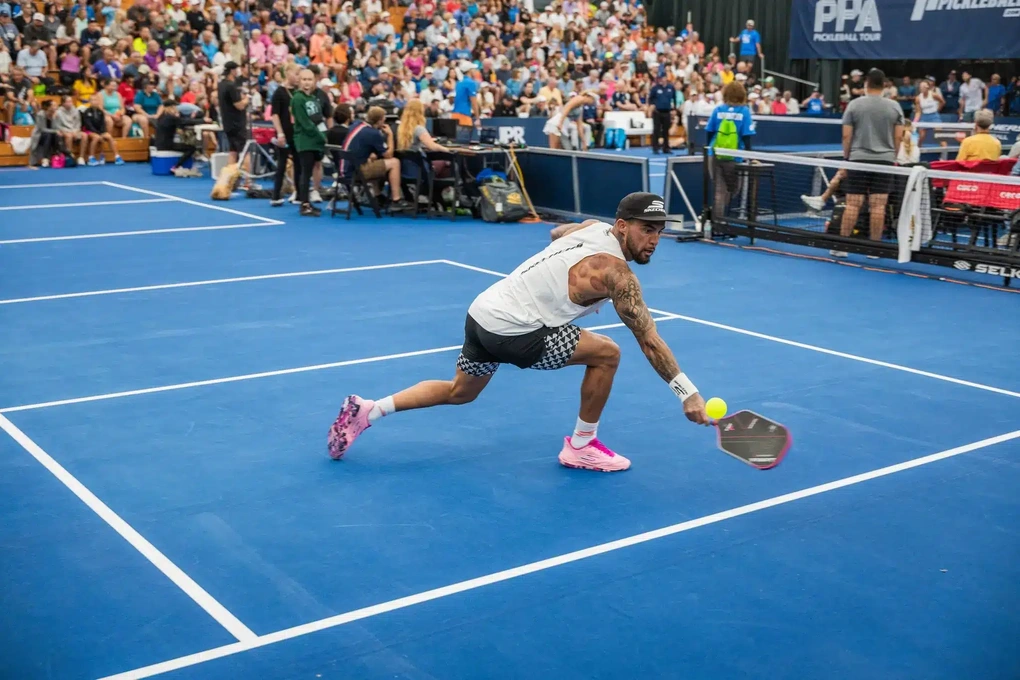
Pickleball is not only a sport but also a miniature "physics laboratory", where each hit is a vivid application of science (Illustration: Getty).
Phil Hipol, a structural dynamics engineer with many years of experience in the aerospace industry, has written a handbook on dynamic environmental criteria for NASA and a technical handbook on industrial vibration and shock.
He also pointed out many special scientific elements hidden in this subject.
According to Hipol, the kinematics in Pickleball do not stop at the trajectory of the ball but also involve velocity, acceleration, flight time, force from the racket and the reaction of the court surface. He has systematized these factors in the book Pickleball Science.
Another interesting comparison is between Pickleball and other sports . While a tennis serve can reach speeds of over 260 km/h, Pickleball is limited by the rules: the ball must be served below the waist and below the net. This gives the ball less potential energy, makes it travel slower, and requires more precise reflexes from the player.
The Magnus Effect and the "Golden" Shot in Pickleball
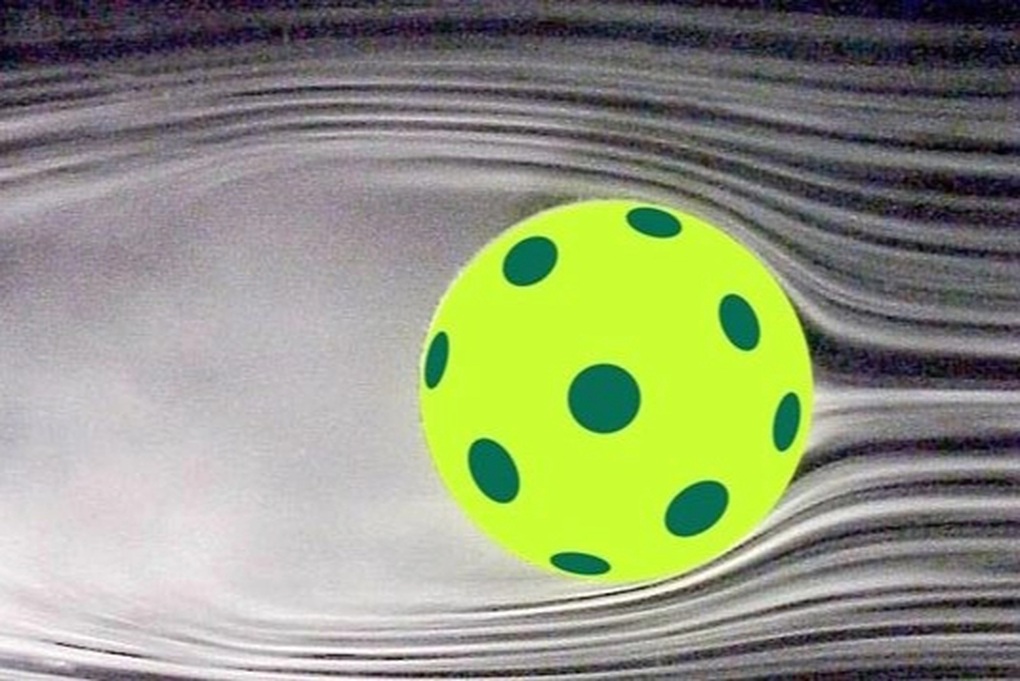
The Magnus effect is a phenomenon that helps the spinning ball generate downward force (Photo: Getty).
An important physical element in Pickleball is the Magnus effect – a spin phenomenon that helps the ball generate downward force, keep its trajectory low and fly faster.
With the topspin technique (a shot that creates spin from above the ball), players can increase the ball speed from an average of 64 km/h to 105 km/h. This is a technique that players of all levels can practice, without the need for a specialized racket or superior physical strength.
But speed isn’t everything. When the ball is served topspin close to the net – where the distance between players is only about 5 meters – the receiver has just 0.17 seconds to react. This is almost the limit of conscious reflexes, making each shot a biological exercise in neural reflexes.
The average reaction time in sports ranges from 0.2 to 0.3 seconds. Therefore, a precise, spin-filled shot close to the net can be decisive, even for experienced opponents.
Pickleball is so appealing because of the balance between technique and physics. Players who master the angle, spin and timing of contact can overcome opponents with superior physical strength, simply by being more observant and calculating.
Pickleball Acoustics and the Noise Problem
In addition to the movement factor, sound is also a remarkable physical phenomenon. The “pop” emitted when the ball hits the racket can reach 120dB – equivalent to the sound of an ambulance siren.
According to Hipol, the reason lies in the hollow honeycomb structure of the racket and the extremely short contact time (about 4 milliseconds), causing the sound to be strongly amplified.
The short contact time causes the racket surface to vibrate like a drum. With materials usually being hard polymers or composites, the impact with the hollow plastic ball creates a loud, reverberating sound. This is not only annoying for players but also affects residents living around Pickleball courts.
In the US, many residents living near courts have filed complaints about noise pollution. Manufacturers are now working on making rackets “quieter” by incorporating sound-absorbing materials into the structure. Some courts are even installing sound barriers or sound-absorbing walls to reduce the spread of sound into residential areas.
The biggest challenge, however, is how to reduce the volume of the “pop” without affecting performance. Many professional players believe that today’s quieter rackets reduce responsiveness and control – factors that are crucial to tactical play.
Source: https://dantri.com.vn/khoa-hoc/ky-su-nasa-chi-cu-danh-de-an-diem-nhat-khi-choi-pickleball-20250528120137833.htm






![[Photo] Prime Minister Pham Minh Chinh attends the event "Digital transformation of the banking industry by 2025"](https://vphoto.vietnam.vn/thumb/1200x675/vietnam/resource/IMAGE/2025/5/29/0e34cc7261d74e26b7f87cadff763eae)
![[Photo] Prime Minister Pham Minh Chinh receives leaders of Excelerate Energy Group](https://vphoto.vietnam.vn/thumb/1200x675/vietnam/resource/IMAGE/2025/5/29/c1fbe073230443d0a5aae0bc264d07fe)
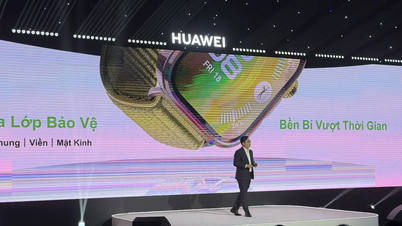




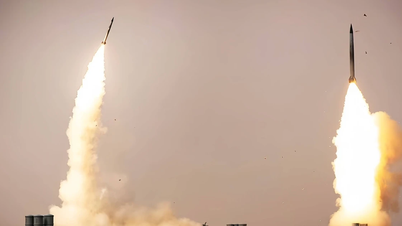













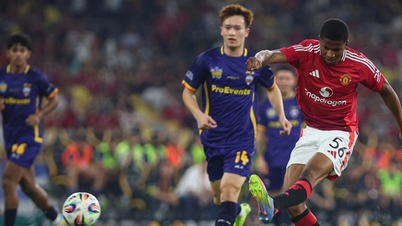


































































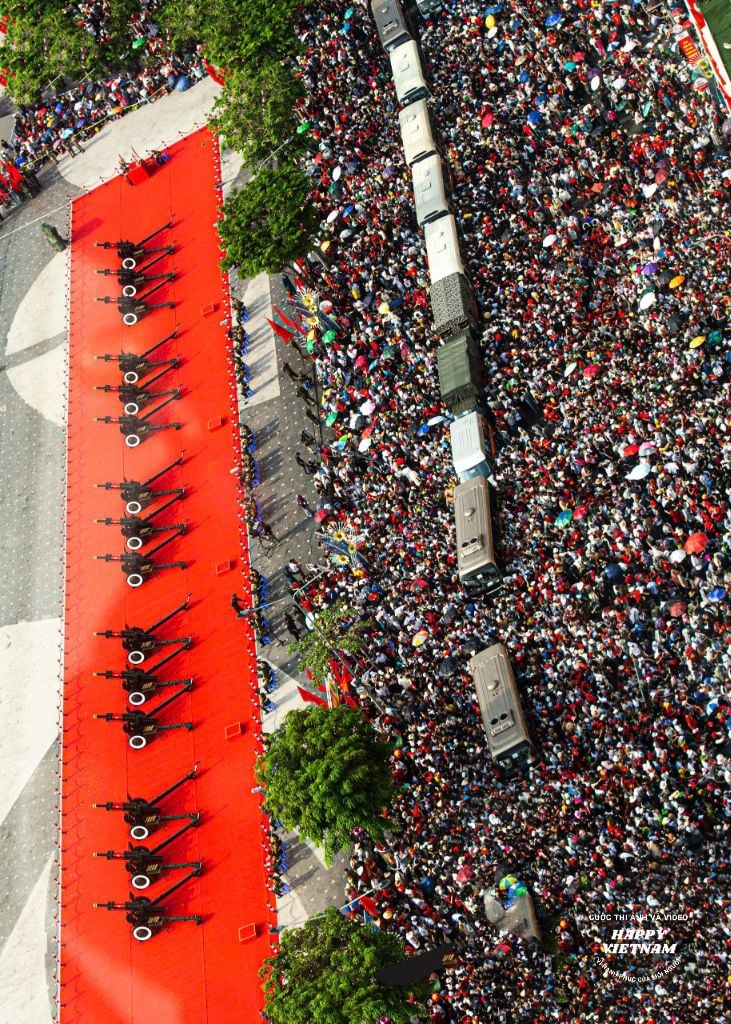
Comment (0)